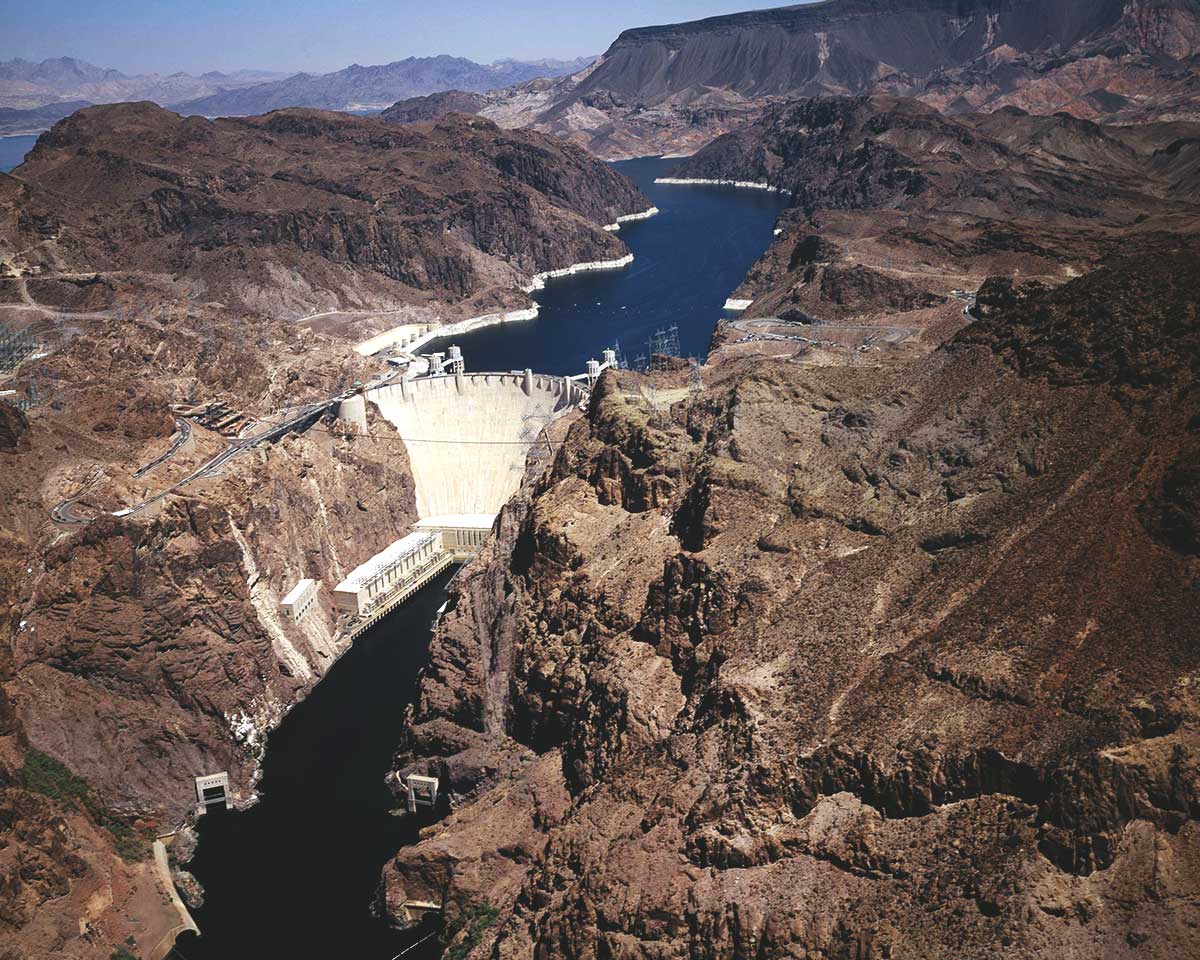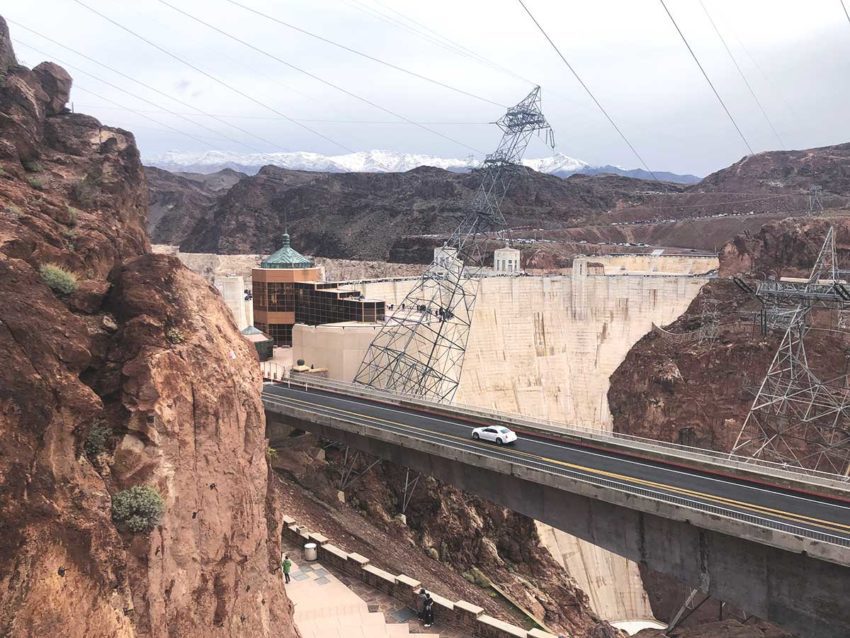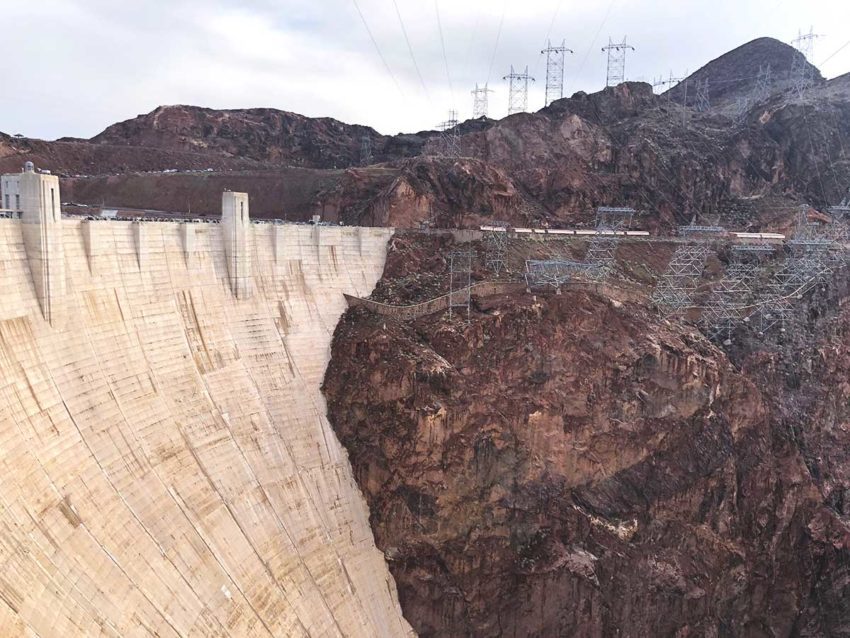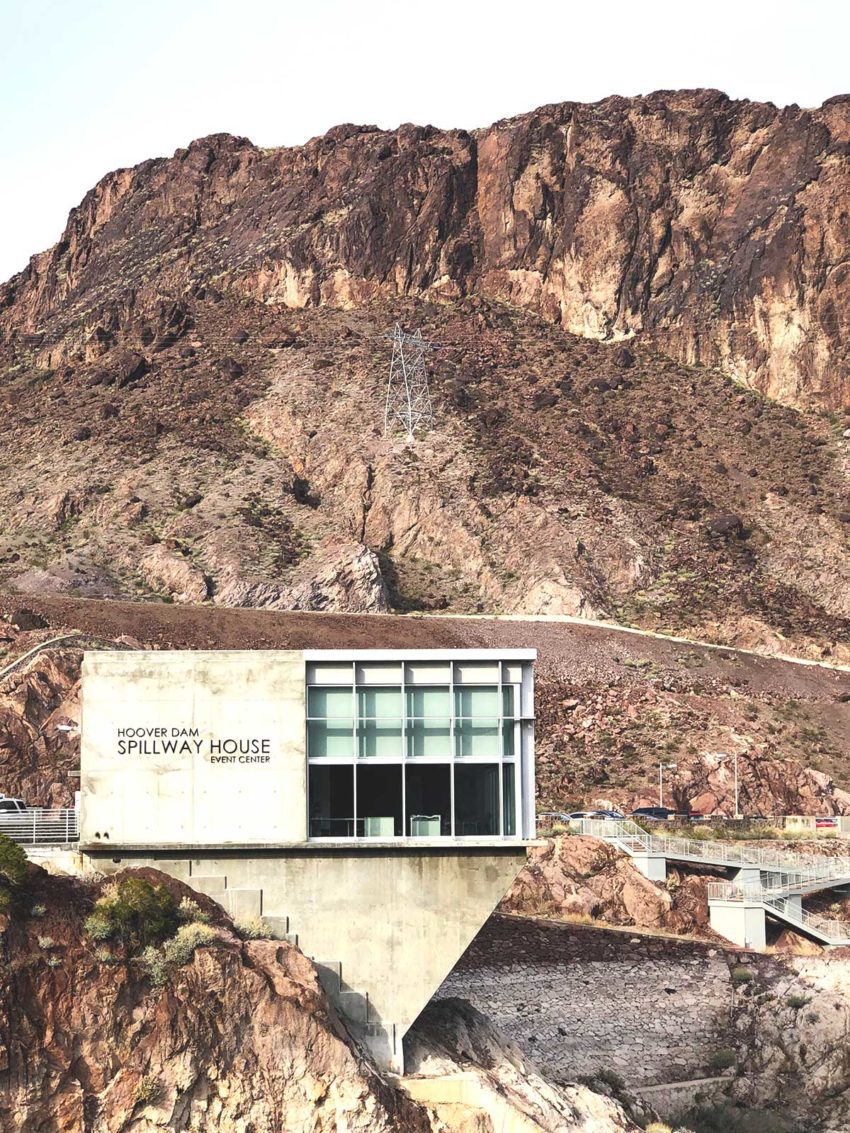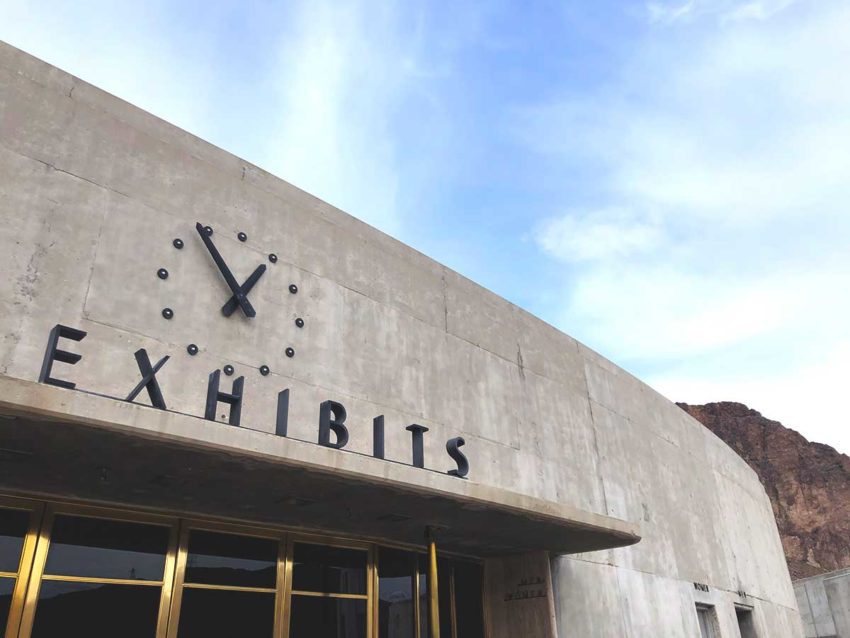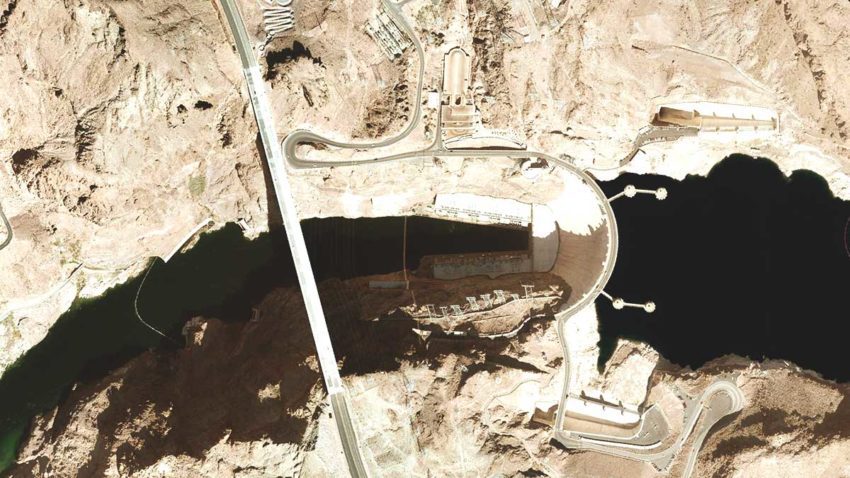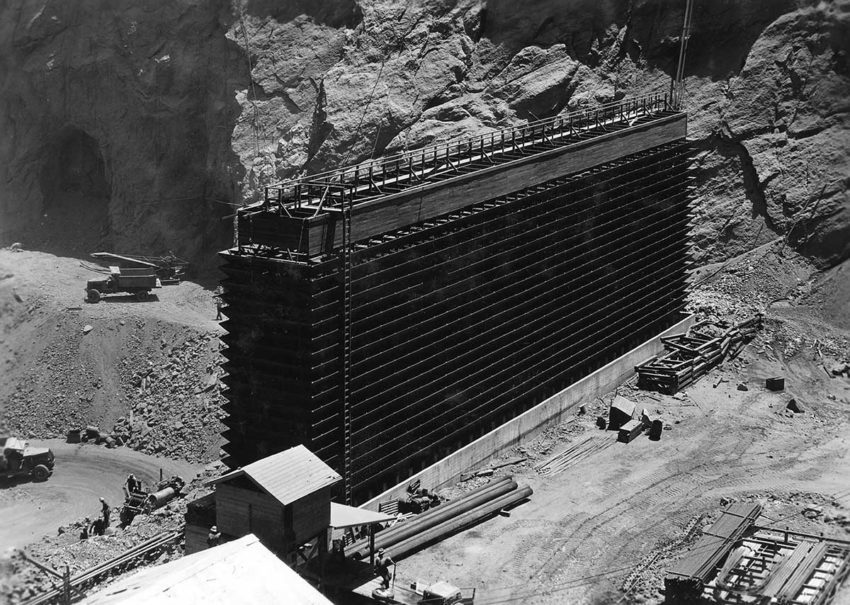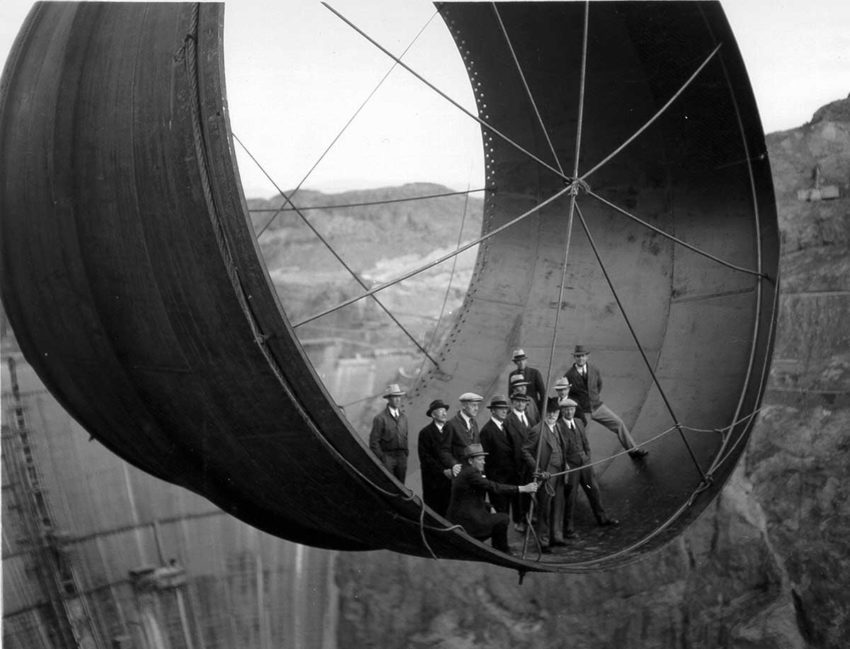Completed in 1936 on the border between Nevada and Arizona, the Hoover Dam is the second-highest dam in the United States and the 18th-highest in the world. It was a monumental accomplishment for its era, which set new standards for feasibility studies, structural analysis, quality control during construction, and post-construction performance evaluations. Nowadays, the dam’s generators provide power for public and private utilities in Nevada, Arizona, and California.
In the wake of the catastrophic Saint Francis Dam failure, which revealed the risks of in-house construction and engineering practices, Hoover Dam’s construction marked a pivotal shift. It utilized independent contractors and incorporated numerous innovative techniques pioneered by chief engineer Frank Crowe. These included the extensive use of high-scalers and new concrete cooling methods, revolutionizing dam construction and ensuring enhanced safety and durability.
Hoover Dam Technical Information
- Architects: Gordon Kaufmann & Henry John Kaiser | Six Companies Inc.
- Location: Clark County, NV, United States
- Material: Concrete
- Type: Infrastructure, Dam
- Volume: 2,480,000 m3
- Project Year: 1931 – 1936
- Photographs: © ArchEyes, © Ansel Adams, © Julius Shulman, © Mitch Epstein
When your work speaks for itself, don’t interrupt.
– Henry John Kaiser
Hoover Dam Photographs
Architectural and Construction Innovations
The architecture of Hoover Dam is marked by its functional and aesthetic innovation. The dam’s design incorporates the Art Deco style, characterized by geometric forms and ornamental details. Most of these architectural details, however, remain unseen by the public, hidden within the dam’s massive structure and intricate mechanical and electrical systems.
Post-Hoover, the construction methods and architectural flair developed during this project were also applied to subsequent dams like Parker and Shasta, where Frank Crowe continued to influence dam construction. Parker Dam, often called the “World’s Deepest Dam,” utilized many of the same construction techniques and crews from Hoover Dam.
Construction Challenges and Achievements
The construction of the Hoover Dam was an enormous undertaking that mobilized thousands of workers and tragically resulted in the loss of over one hundred lives. Initially called Boulder Dam, it was renamed in 1933 to honor President Herbert Hoover. Constructed between 1931 and 1936 amid the hardships of the Great Depression, the project successfully navigated extreme weather conditions and significant logistical hurdles to finish ahead of its scheduled completion date.
This project was distinguished by the rigorous independent oversight conducted by the U.S. Bureau of Reclamation alongside multiple consulting boards. This was a direct response to previous failures in dam construction, ensuring that Hoover Dam incorporated enhanced design and building techniques. These boards executed thorough reviews and issued recommendations that critically shaped the dam’s final design and construction methodologies.
Explorations of the Black Canyon and Boulder Canyon for their dam potential date back to 1900, focusing on their capacity for flood control, irrigation, and hydroelectric power generation. With advancements in electric power transmission technology, the Lower Colorado River area was identified as an optimal site for hydroelectric development. Congressional approval in 1928 paved the way for the project, and construction commenced in early 1931 after Six Companies, Inc. won the contract.
Engineering and Artistic Design
Hoover Dam is 726 feet (221 meters) high and 1,244 feet (379 meters) long at the crest. It contains 4,400,000 cubic yards (3,360,000 cubic meters) of concrete. Such a large concrete structure had never been built before, and some of the techniques were unproven. The torrid summer weather and lack of facilities near the site also presented difficulties. Nevertheless, Six Companies turned the dam over to the federal government on March 1, 1936, more than two years ahead of schedule.
One of the most important departures was the congressional mandate placed upon the U.S. Bureau of Reclamation (Reclamation) to employ an independent Colorado River Board to perform a detailed review of the agency’s design and issue recommendations that significantly affected the project’s eventual form and placement.
Of its accord, Reclamation also employed an independent board of consultants, which convened twice yearly several years before and during the construction of the project, between 1928 and 1935. Reclamation also appointed a special board of consultants on mass concrete issues, which had never been previously convened.
Many additional landmark studies were undertaken which shaped the future of the dam. Some of these are the employment of terrestrial photogrammetry to map the dam site and validate material quantities, in situ instrumentation of the dam’s concrete, and consensus surveys of all previous high dams to compare their physical, geologic, and hydrologic features with those proposed at Hoover Dam.
The project was also unique because the federal government provided all materials, except the concrete aggregate, to minimize construction claims and delays.
Architect Gordon V. Kaufmann, who designed the Los Angeles Times Building, simplified the Dam’s design with the flowing lines of Modernism and Art Deco. The four areas where his influence is most visible are the power plant, dam crest, spillway, and the four intake towers sticking up from the top of the Dam. The middle two are elevators decorated with bas-relief panels. The five bas-reliefs on the Nevada elevator tower depict the multipurpose benefits of Hoover Dam – flood control, navigation, irrigation, water storage, and power.
Hoover Dam is a National Historic Landmark and was named by the American Society of Civil Engineers as one of America’s Seven Wonders of Modern Civil Engineering Wonders, along with two other iconic Art Deco structures – the Empire State Building and the Golden Gate Bridge, which became the symbol for San Francisco and California.
Hoover Dam Plans
Hoover Dam Image Gallery
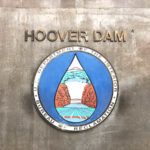

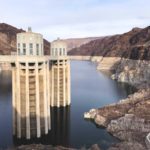

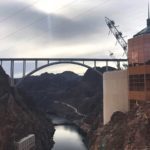


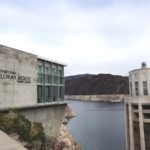
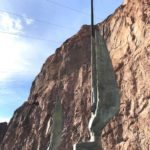

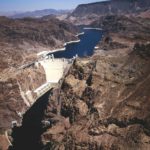
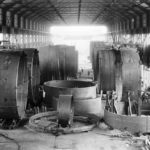
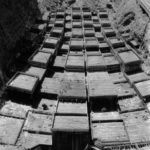
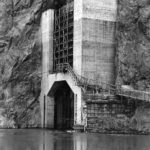
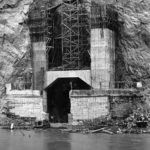
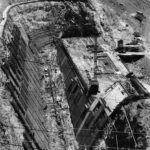

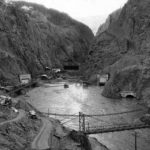

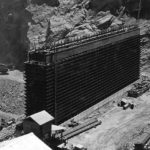

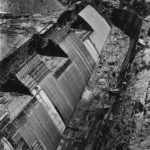
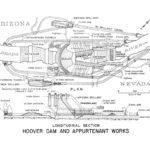

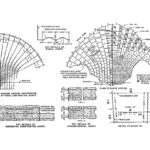

About Gordon Bernie Kaufmann
Gordon Bernie Kaufmann (March 19 1888 – March 1 1949) was an English-born American architect mostly known for his work on the Hoover Dam. During Kaufmann’s early career, he did much work in the Mediterranean Revival Style, which had become popular at that time. Later in his career, Kaufmann worked primarily in the Art Deco style, with a personal emphasis on massively thick, streamlined concrete walls, which gave his buildings a very distinctive appearance. Kaufmann’s buildings, as a result, took on a very “mechanical” appearance, often resembling huge versions of old-fashioned appliances. The Los Angeles Times headquarters is a perfect example of this.
Other works from Gordon Kaufmann
NOTES
Special acknowledgment to Dave Gunderson for his insightful feedback on Hoover Dam. Dave was a dedicated employee at Hoover Dam for twelve years.

